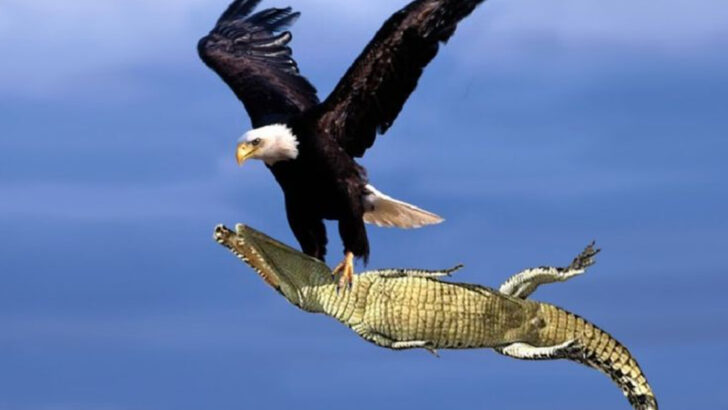Explore the fascinating world of animal hunting prowess.
In the wild, survival often depends on the ability to hunt and capture prey efficiently. However, not all hunters are created equal.
Some animals have evolved exceptional hunting skills, rarely missing their target, while others struggle despite their best efforts.
This article delves into the ten worst hunters in the animal kingdom, highlighting their challenges and limitations.
Conversely, we also celebrate the top ten hunters whose precision and tactics have earned them a reputation for never missing their mark. Join us in discovering these remarkable creatures and their hunting stories.
Giraffe
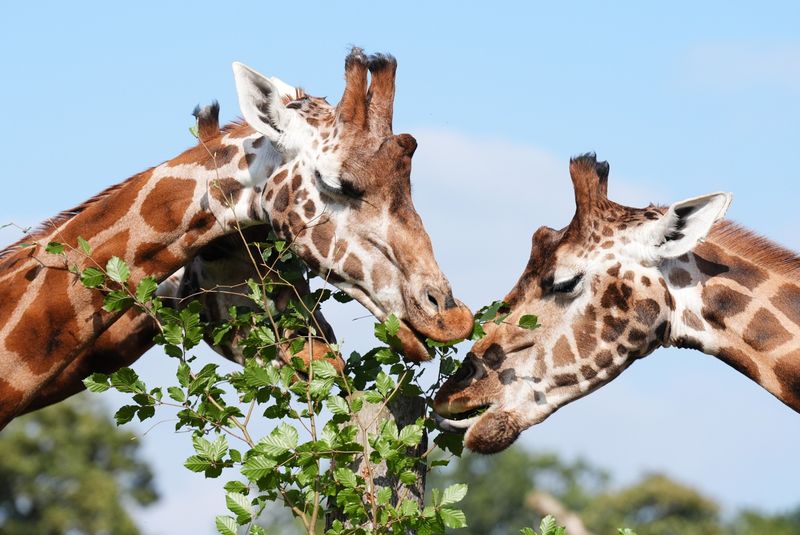
The Giraffe, with its towering neck and gentle demeanor, is an unlikely contender in the hunting world. As a herbivore, this tallest land animal doesn’t need to hunt for its meals, instead savoring the lush leaves of acacia trees.
Giraffes have adapted to their environment with long necks that allow them to reach foliage other animals can’t. Their feeding habits support a peaceful coexistence with other herbivores, avoiding the competitive nature of predatory hunting.
With their distinctive patterns and serene grace, giraffes are often regarded as symbols of elegance and tranquility, embodying a lifestyle free from the chase of the hunt.
Sloth
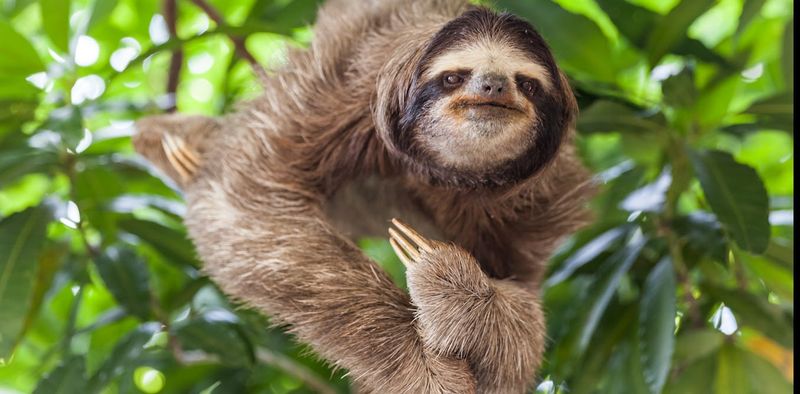
The sloth is the epitome of slow and steady, but when it comes to hunting, this approach doesn’t pay off. Known for their languid movements and low metabolism, sloths spend most of their time hanging upside down in trees.
Their diet mainly consists of leaves, which offer little energy, leaving them lethargic and unmotivated to chase prey. As such, they’re ill-equipped for hunting, relying instead on camouflage to avoid predators.
Despite their adorable appearance, sloths are undoubtedly among the worst hunters, surviving more by chance than skill.
Koala
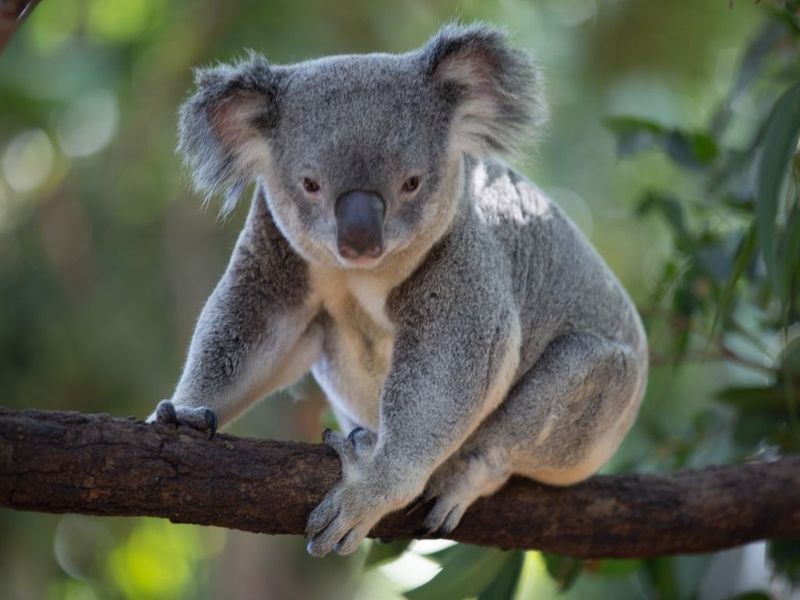
Koalas are beloved for their cuddly appearance but are far from skilled hunters. These marsupials subsist almost entirely on eucalyptus leaves, which provide scant nutrition.
The leaves are also toxic, requiring a slow digestion process that leaves koalas drowsy. Without the energy or inclination to pursue prey, they are completely dependent on foliage.
Their strong grip aids in climbing, not hunting, emphasizing their status as poor hunters. Koalas are a testament to an evolutionary path where hunting prowess took a backseat.
Giant Panda
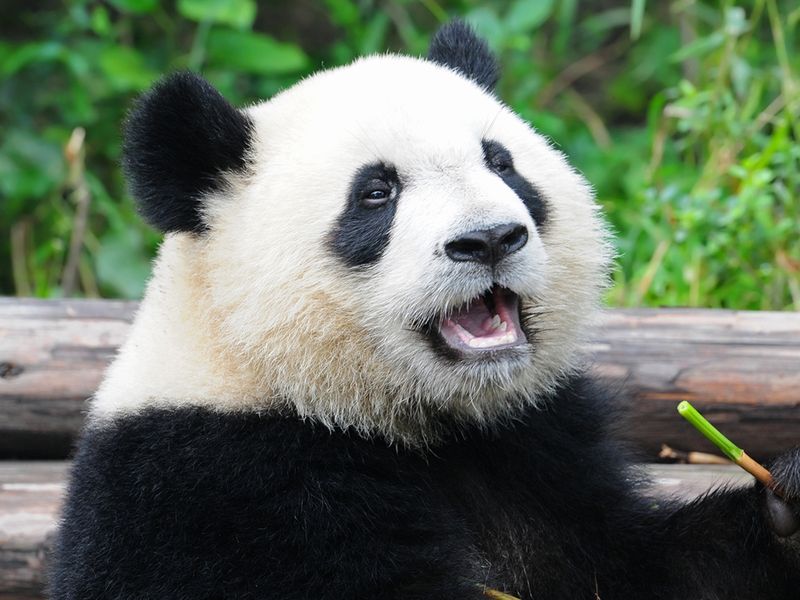
Giant pandas are known for their endearing looks but are ineffective hunters. Their diet is almost exclusively bamboo, which they must consume in vast quantities to sustain themselves.
Their cumbersome bodies and laid-back demeanor prevent them from being agile predators. Although they occasionally eat small animals, their hunting skills are minimal.
These bears focus on using their strong jaws to process fibrous bamboo. Their classification as one of the worst hunters highlights their reliance on plant-based sustenance over predatory instincts.
Manatee
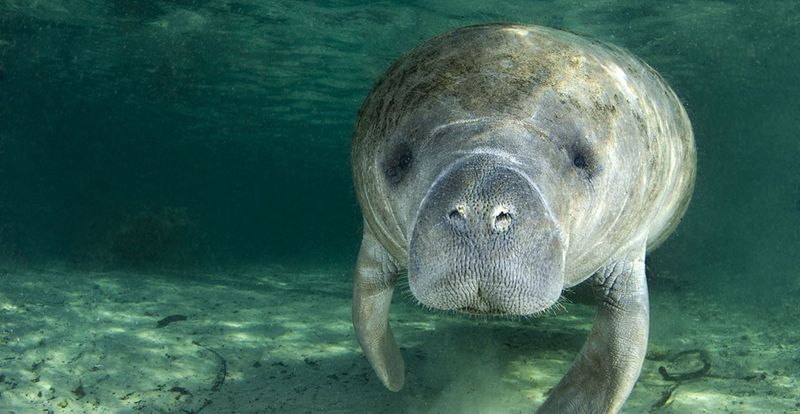
The manatee, often called the sea cow, is a gentle marine creature with no hunting skills. These herbivorous mammals graze on seagrass and other aquatic vegetation, displaying none of the predatory behaviors seen in other marine animals.
Their peaceful nature and slow movements make them ill-suited for hunting. Manatees rely on their large size and gentle nature to navigate their environments, where hunting is unnecessary.
As a result, they are considered one of the worst hunters in the animal kingdom.
Anteater
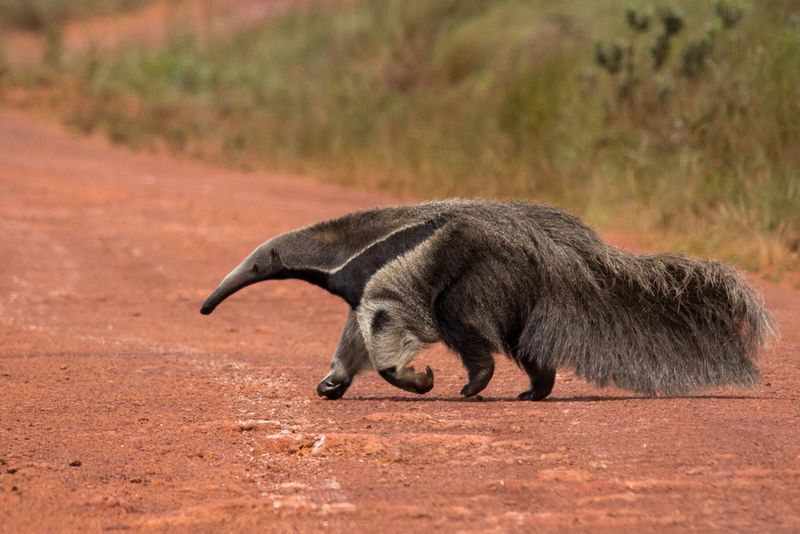
Anteaters have a specialized diet that doesn’t require traditional hunting skills. With their long snouts and sticky tongues, they feast primarily on ants and termites, relying on stealth and precision rather than speed and agility.
Their slow, deliberate movements and lack of sharp teeth highlight their limited hunting abilities. Anteaters focus on consuming large quantities of insects rather than pursuing larger prey, which places them among the worst hunters.
Their unique feeding method underscores a different kind of survival strategy.
Whale Shark
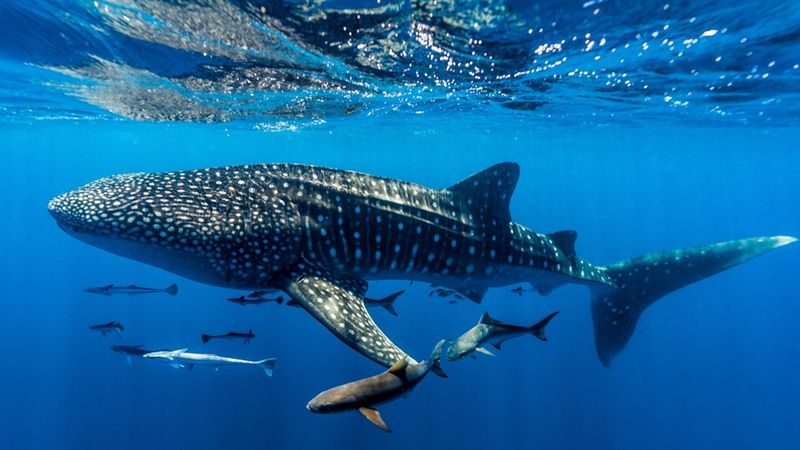
The whale shark, despite its massive size, is a gentle giant and ineffective hunter. As filter feeders, they consume plankton and small fish by swimming with their mouths open, allowing water to flow through their gills.
Their passive feeding method lacks the chase and capture dynamics of typical hunting. Instead, they rely on the ocean currents to bring sustenance.
This gentle approach makes them one of the worst hunters, as their size and strength are not used for predation.
Leafy Sea Dragon
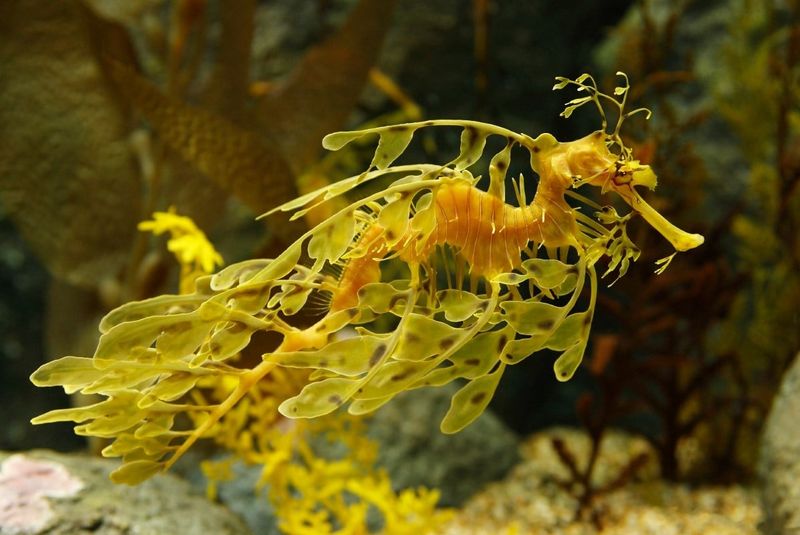
Leafy sea dragons are masters of disguise, blending seamlessly with their surroundings. Their appearance mimics seaweed, allowing them to evade predators rather than hunt them down.
They feed on tiny crustaceans and plankton, using small mouths to suck in prey. Their lack of speed and traditional hunting skills make them ineffective predators.
Leafy sea dragons rely on camouflage and patience, ranking them among the worst hunters.
Bamboo Lemur
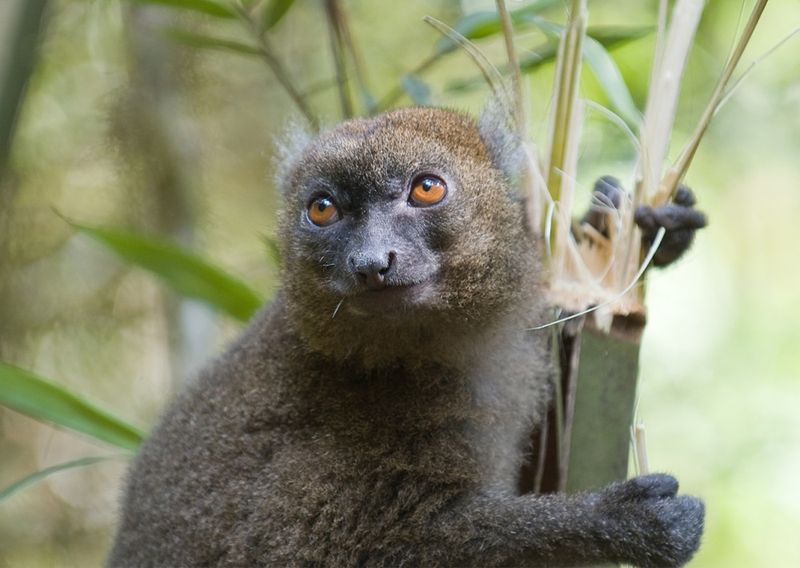
The bamboo lemur is named for its primary food source, bamboo. These primates are not adept hunters, focusing their efforts on foraging rather than predation.
Their diet’s lack of diversity limits their hunting prowess. They graze on bamboo shoots and leaves, relying on their sharp teeth for processing rather than chasing down prey.
Their gentle nature and specialized diet place them among the animal kingdom’s least effective hunters.
Galapagos Tortoise
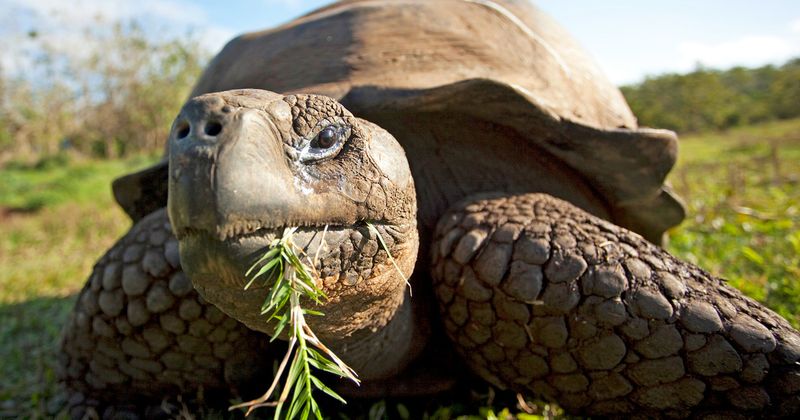
Galapagos tortoises are iconic creatures, but they are not hunters by any stretch. These slow-moving giants primarily consume vegetation, making hunting unnecessary.
Their lumbering pace and herbivorous diet characterize them as passive grazers. Their lives revolve around foraging for leaves, fruit, and grasses.
With no need for speed or agility, the Galapagos tortoise thrives without hunting, exemplifying one of nature’s most leisurely existences.
Cheetah
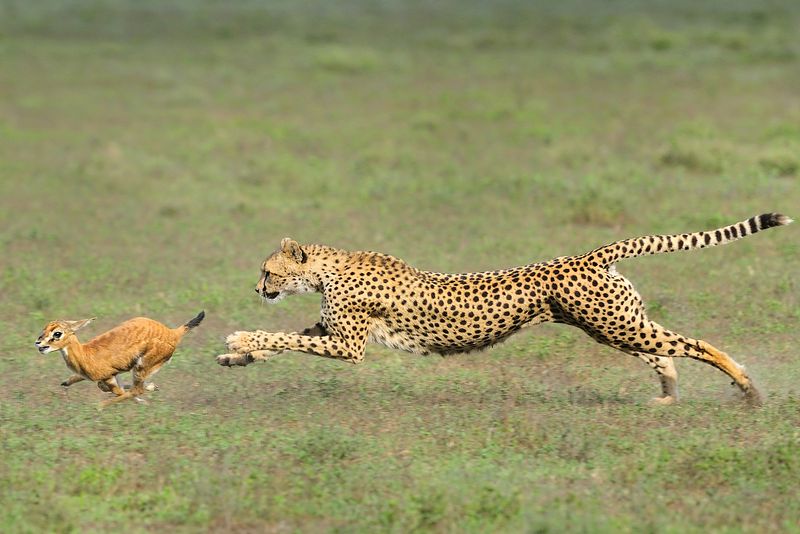
The cheetah, renowned for its incredible speed, can sprint up to 60-70 mph, making it the fastest land animal. This majestic feline relies on its explosive speed to outrun prey in short bursts.
However, stamina isn’t its strong suit, as it can only maintain these speeds for about 20-30 seconds. Despite this, the cheetah’s acceleration and agility are unparalleled.
Its hunting success rate is around 50%, often hindered by larger predators that steal its catch. Adapted for high-speed chases, the cheetah’s sleek body, long legs, and specialized respiratory system make it an exceptional hunter in open grasslands.
Peregrine Falcon
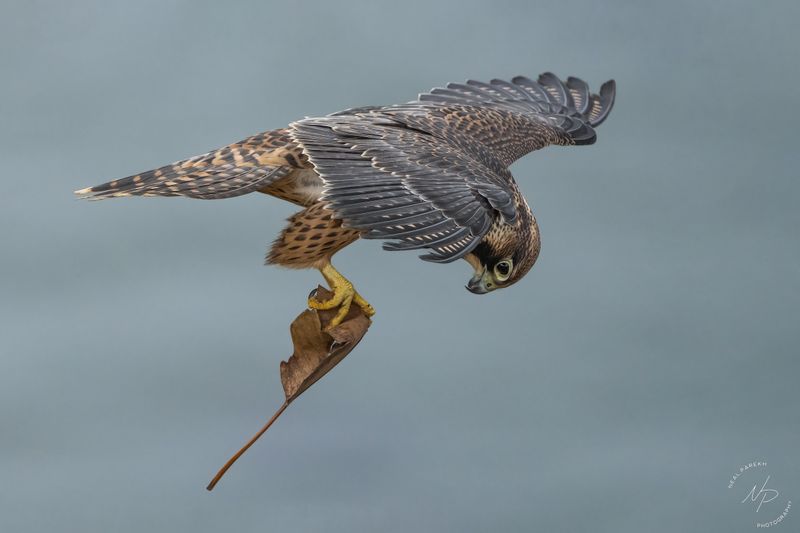
The peregrine falcon is the avian world’s speedster, reaching diving speeds over 240 mph. Known as the fastest bird, it targets prey with breathtaking precision.
This raptor excels at aerial hunts, using its remarkable vision and aerodynamics to snatch birds mid-flight. Its hunting methodology includes a high-altitude stoop, allowing gravity to assist its unparalleled speed.
The falcon’s success is due to its acute eyesight, capable of spotting prey from great distances. Adapted to various habitats, from urban areas to remote cliffs, the peregrine falcon is a true master of the skies, rarely missing its mark.
Great White Shark
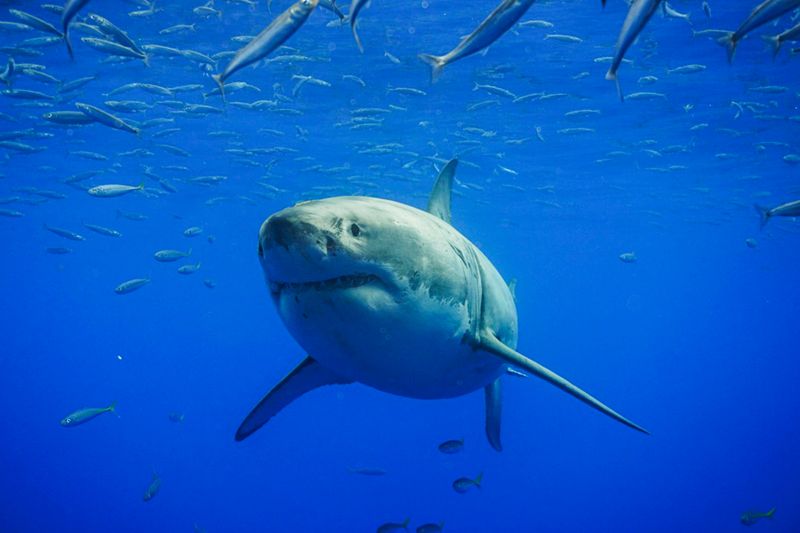
In the depths of the ocean, the great white shark reigns supreme as a formidable predator. With its powerful jaws and keen senses, it can detect prey from miles away.
The shark’s hunting style involves stealth and surprise, often breaching the surface to catch seals and fish. Its success lies in its acute sense of smell and ability to sense electromagnetic fields produced by living creatures.
While not always successful, the great white’s sheer power and strategic approach make it a master hunter of the sea. Its presence alone commands respect and fear in marine environments.
Golden Eagle
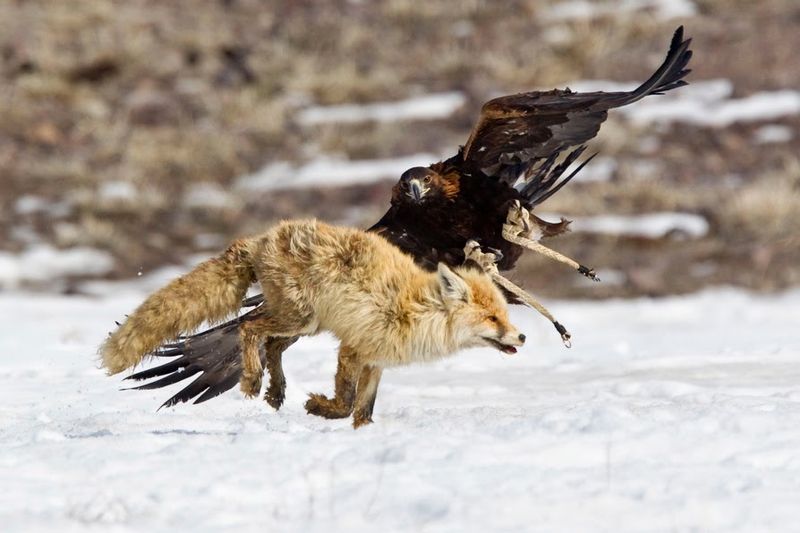
The golden eagle is a majestic bird of prey known for its impressive hunting skills. With a wingspan stretching over seven feet, it soars effortlessly, scanning the ground for movement.
Upon spotting potential prey, it dives with incredible speed and accuracy. The eagle’s powerful talons ensure a firm grip on its target, from hares to small deer. Its eyesight is extraordinary, allowing it to spot prey from miles away.
Found across North America, Europe, and Asia, the golden eagle’s adaptability to diverse environments contributes to its hunting success. Revered in many cultures, it’s a symbol of strength and vision.
Orca
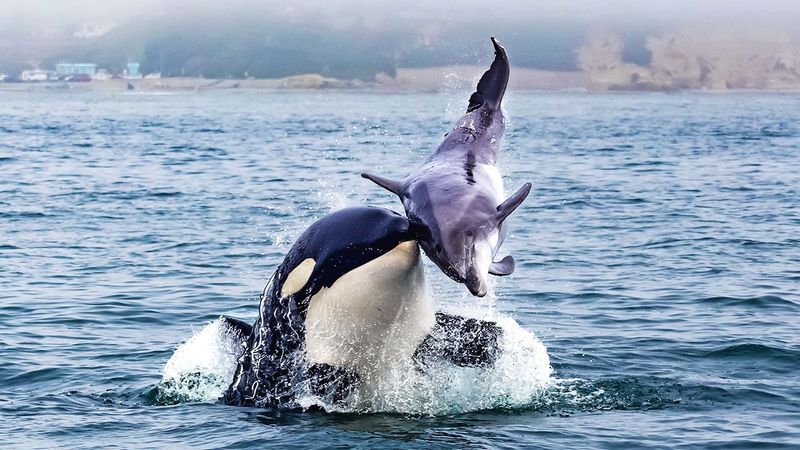
Orcas, or killer whales, are apex predators in the ocean, known for their intelligence and cooperative hunting strategies. These social creatures live in pods and often hunt in packs, coordinating attacks to capture prey.
Their diet is varied, including fish, seals, and even whales. Orcas use echolocation to track prey, often stunning them with powerful headbutts or tail slaps. Their strategic and synchronized hunting techniques ensure high success rates.
These magnificent creatures are not only efficient hunters but also play a crucial role in maintaining the marine ecosystem’s balance. Their presence is essential for healthy ocean environments.
African Wild Dog
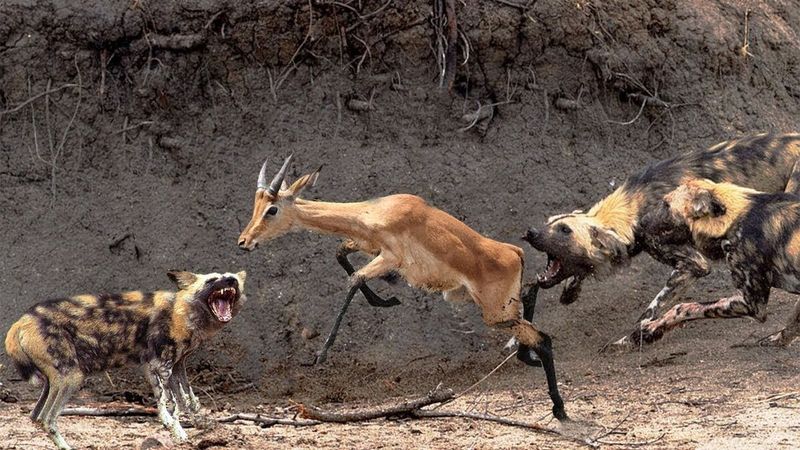
The African wild dog is a highly effective hunter, boasting a success rate of nearly 80%. Known for their cooperative hunting tactics, these social animals hunt in packs, using strategic coordination to corner prey.
Their extraordinary stamina allows them to pursue targets over long distances. Each dog has unique markings, enhancing pack recognition and teamwork. They communicate through vocalizations and body language, ensuring efficient coordination.
Thriving in the African savannah, their agility and teamwork make them formidable predators. Despite facing threats from habitat loss and human activities, African wild dogs remain one of nature’s most successful hunters.
Snow Leopard

The elusive snow leopard is a master of stealth and camouflage, perfectly adapted to the rugged mountains of Central Asia. Its thick fur and long tail provide warmth and balance in harsh environments.
Snow leopards are solitary hunters, relying on surprise and precision to capture prey. Their powerful hind legs enable them to leap great distances, ambushing unsuspecting targets like blue sheep.
Despite being elusive, their hunting success is noteworthy, as they navigate difficult terrains with ease. These magnificent cats are key indicators of the ecosystem’s health, playing a crucial role in maintaining ecological balance.
Bald Eagle
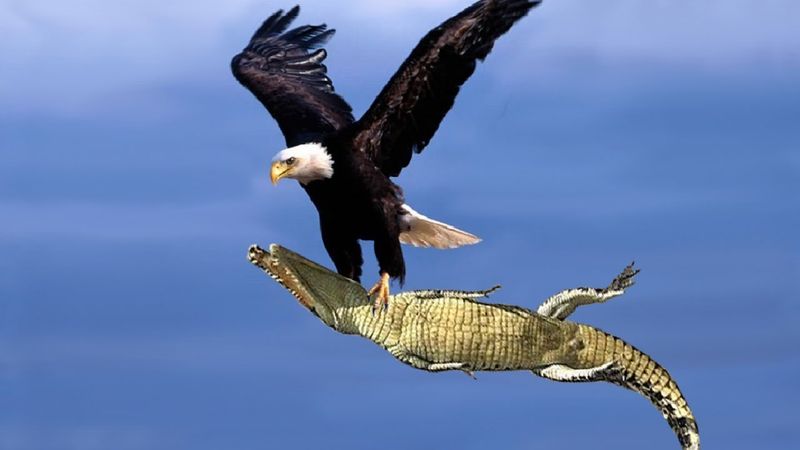
The bald eagle, a symbol of freedom and strength, is an expert hunter of North American skies. With a wingspan of up to eight feet, it glides effortlessly, watching for fish near water bodies.
When prey is spotted, it swoops down with precision, capturing it with sharp talons. Its keen eyesight allows it to detect even the slightest movement from a distance. Bald eagles often hunt alone, though they may also scavenge.
Their adaptability to various environments and keen hunting skills make them formidable predators. Once endangered, conservation efforts have helped the bald eagle populations recover significantly.
Siberian Tiger
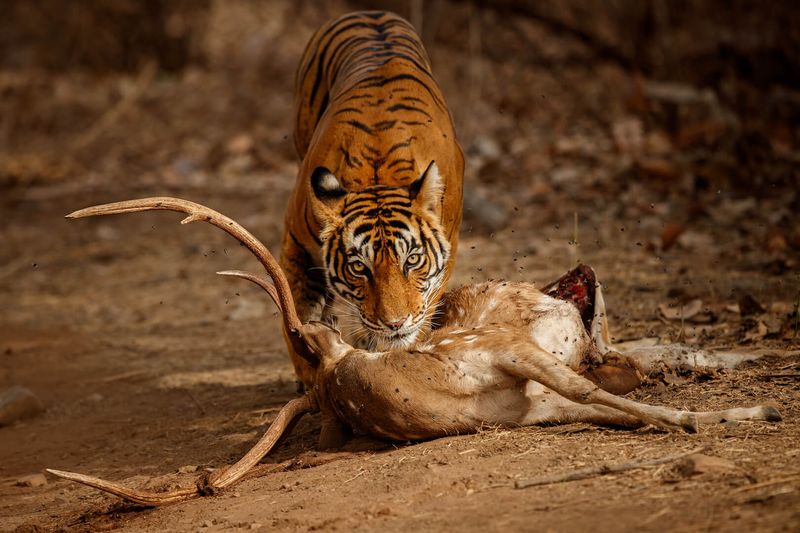
The Siberian tiger, the largest of all cats, is an apex predator of the Russian taiga. It possesses immense strength and stealth, making it a formidable hunter.
Siberian tigers are solitary creatures, relying on their keen senses to ambush prey. They often hunt large ungulates, using their powerful jaws and claws to take down targets. The tiger’s thick fur and strong build enable it to thrive in harsh climates.
Despite its solitary nature, the Siberian tiger plays a vital role in its ecosystem, maintaining the balance by controlling prey populations. Its presence signifies a healthy, thriving environment.
Barn Owl
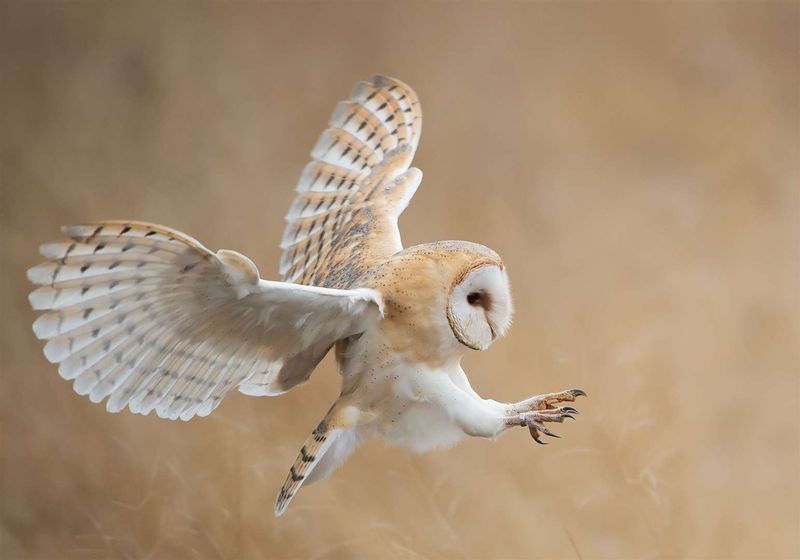
The barn owl, with its heart-shaped face and ghostly appearance, is a silent hunter of the night. Its flight is virtually noiseless, allowing it to sneak up on unsuspecting prey.
Equipped with acute hearing, it can detect the faintest sounds, even beneath snow or grass. This nocturnal predator primarily feeds on rodents, playing a crucial role in pest control.
Barn owls use a combination of sight and sound to locate and capture prey with incredible accuracy. Their adaptability to various environments makes them widely distributed across the globe, ensuring their place as efficient nocturnal hunters.

